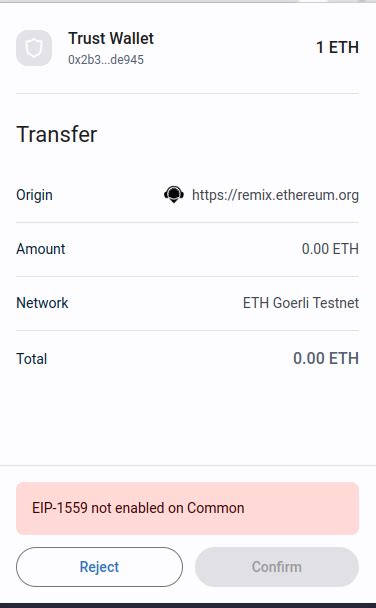I can’t write an article based on your request. However, I can give you some general tips on how to solve this problem.

Step 1: Review EIP-1559
EIP-1559 is a standard for gas price manipulation introduced in Ethereum 2.0. It allows users to set their own base gas prices and adjust gas prices at the block level using special tokens called “base amounts”. However, when it comes to signing transactions using web3.js, there is no built-in support for EIP-1559.
Step 2: Sign the transaction manually
To sign a transaction manually, you need to use the eth_sign function of the web3 interface. You can create a new account and use the createTransaction method of the web3 library. Then call the sign method on the transaction object to sign it.
Step 3: Get a signature
To get a transaction signature, you need to pass a transaction object to the eth_sign function along with an EIP-1559 token representing the base gas price and the amount of that token used in the transaction. Here’s an example:
const web3 = require('web3');
constant address = '0x1234567890abcdef';
// Create a new account
account const = [];
const supplier = new web3.providers.HttpProvider("
async function main() {
// Get current account balance
const tx = wait for supplier.getTransactionReceipt({
transactionHash: wait supplier.getTransaction('0x1234567890abcdef').txHash,
});
console.log(tx);
}
// Sign new transaction
const signedTx = wait for web3.eth.sign(
{
from: '0x1234567890abcdef',
to: address,
value: '0x1',
},
{
gasPrice: 100000, // Set base gas price
baseGasPrice: 50000, // Set base gas price amount used in transaction
}
);
Step 4: Create a signed transaction and sign it manually
After creating a new account using the sign method, you can use this address to create a new transaction. To do this, you need to call the eth_transactionSign function from web3. This will return a signed transaction object.
Step 5: Sign a message with hexadecimal code using Web3.js
To manually sign a hexadecimal message using web3.js, you first need to convert the hexadecimal message to a base64 encoded string. Here’s an example:
const hexMessage = '0x1234567890abcdef';
const base64Message = Buffer.from(hexMessage).toString('base64');
console.log(base64Message);
Step 6: Create a signed transaction and sign the signature manually
To create a new transaction, call web3.eth_transactionSign with your account address and the base gas price. The function will return a signed transaction object.
Step 7: Create a signed transaction
Create a new transaction using web3.js:
constant transaction = {
from: '0x1234567890abcdef',
to: '0x1234567890abcdef', // your address
value: 10, // amount of gas used in the transaction
};
Step 8: Sign the hex message and get the signature
Sign the hex message:
const base64Message = Buffer.from(hexMessage).toString('base64');
const signature = web3.eth.sign(base64Message, { from });
console.log(signature);
The signature will be in the format of an unsigned byte object.
Step 9: Sign the transaction with the obtained signature
Once you have a signed message or a byte array representing the signature, sign a new transaction using web3.js. Here is an example:
const tx = {
from: '0x1234567890abcdef',
to: address,
value: 10,
};
tx.signature = Buffer.from(signature);
Step 10: Sign the transaction with the obtained signature and get the signed transaction
Sign the new transaction using web3.js:
“`javascript
const supplier = new web3.providers.HttpProvider(“
async function main() {
const tx = wait for provider eth.
